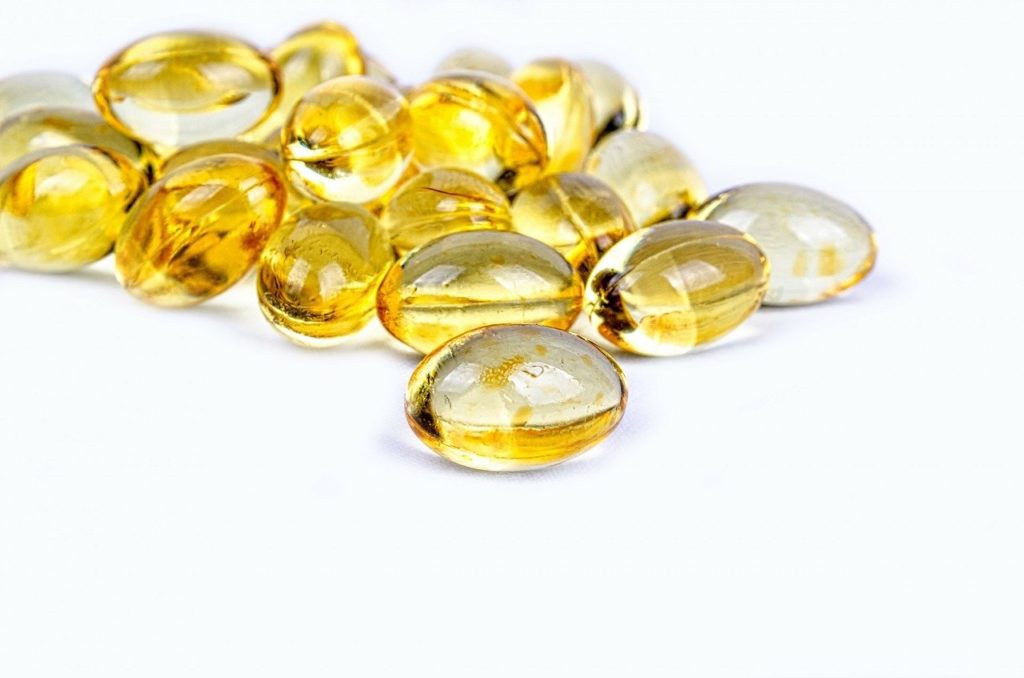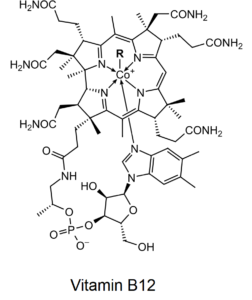Vitamin A and Osteoporosis

Generally, it’s not unusual to associate nutrients with health benefits. However, there are examples where studies have shown potential harms from some vitamins and minerals. One example, with several nuances, is vitamin A with concerning potential associations with osteoporosis and fracture risks.
Vitamin A is found in two forms: retinol (referred to as vitamin A below) and provitamin A. The retinol version is found in animal foods, primarily liver, seafood, dairy, meat and eggs. Provitamin A is a precursor to retinol found as carotenoids in vegetables and fruit. For this week, we’re going to explore the effects of the retinol form of vitamin A on bone health.
Animal Studies of Vitamin A and Bone Health
High dietary doses of retinyl acetate, a retinol ester, was found to damage bone health in mice. Mice were fed three different levels of vitamin A in their diet: normal amounts of vitamin A (as 4.5 µg/g of retinyl acetate in food), levels equivalent to the upper safe limit derived for humans (20 µg/g) and levels three times the upper safe limit (60 µg/g).
The highest dose group had significant loss or reduction of bone mineral density, thickness and strength. However, even mice consuming vitamin A levels considered within the margin of human safety still had some loss of bone structure reflected in a decrease of bone circumference (Lionikaite 2018). Higher doses of vitamin A also increased osteoclastic activity—bone cells involved in the breakdown of bone and implicated in osteoporosis.
Vitamin A also showed negative consequences on how bones respond to stressors. When stress is applied to a bone, the bone adapts, strengthening in a way to protect from the strain. Mice fed 60 µg/g of retinyl acetate in food were subjected to “axial loading.” This type of bone stress, over time, is typically followed by bone thickening in compensation. In animals fed higher doses of vitamin A, bone compensation was lost (Lionikaite 2019). In other words, the animal’s bones were unable to strengthen in response to stress.
Additional Studies and Effects on Other Vitamins
Other animal studies have also documented reductions in bone mass with high doses of vitamin A (as retinyl palmitate). While bone mineral density was preserved, there was an overall loss of bone volume with high doses of vitamin A. In addition, levels of vitamin E and vitamin D were reduced, suggesting competition or interference between vitamin A and some of the other fat soluble vitamins (Lind 2006).
Human Studies of Vitamin A and Bone Health
Some studies have found benefits on bone health with vitamin A in humans. A study out of Korea (where vitamin A consumption overall is quite modest) showed that individuals with healthy bone mineral density consumed higher amounts of vitamin A relative to the other study participants with bone loss. On average, these individuals were consuming 847 µg of retinol a day. Individuals with osteopenia and osteoporosis were both consuming considerably less (Choi 2007). A separate study out of Korea with similar consumption levels of vitamin A also found benefits for bone mineral density as long as vitamin D levels were adequate (Joo 2015).
A study out of Sweden found somewhat different results. Individuals with an unusually high consumption of vitamin A were shown to increase hip fracture risk by 68% for every increase of 1000 µg of vitamin A in the diet. Comparing 1500 µg versus 500 µg consumption per day, the high dose group had significant reductions in bone mineral density, doubling hip fracture risk (Melhus 1998). A study out of Spain found that high levels of vitamin A alone tripled risk for osteoporosis, but when combined with vitamin D deficiency, risks were five times greater (Mata-Granados 2010).

A study out of the United States explored vitamin A consumption and fracture risk. Higher consumption of vitamin A—consuming over 765 µg/day—was associated with increased risk of fracture. However, higher levels of vitamin A were also associated with lower levels of vitamin D. The authors found that the low vitamin D was likely the cause of the increased fracture risk (Caire-Juvera 2009).
Summing up Effects of Vitamin A in Humans on Bone Health
While at first glance the research may seem decidedly mixed, there are still some important conclusions that can be drawn. In high doses, there are concerns for vitamin A increasing osteoporosis and fracture risk. Too little vitamin A can also damage bones. At recommended daily doses, 900 µg (3000 IU) in men and 700 µg (2330 IU) in women, vitamin A as retinol, is likely protective for bone health. There is also a relationship between vitamin A and vitamin D. In individuals consuming high levels of vitamin A, additional vitamin D may be protective from the negative effects on bone.
Conclusion
Vitamin A has interesting effects on bone health. Both too little and too much vitamin A appear problematic. Getting adequate vitamin D may also be important for protecting from any negative consequences from higher levels of vitamin A.



